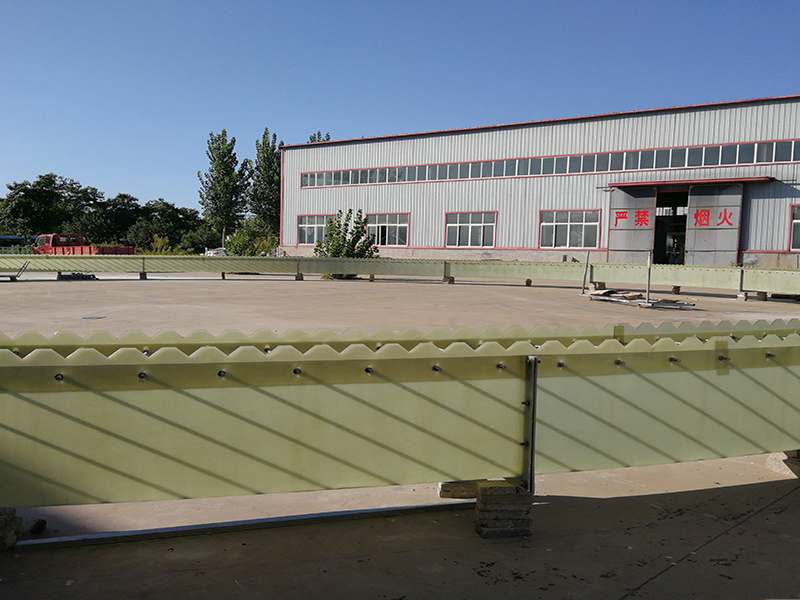
-
 Afrikaans
Afrikaans -
 Albanian
Albanian -
 Amharic
Amharic -
 Arabic
Arabic -
 Armenian
Armenian -
 Azerbaijani
Azerbaijani -
 Basque
Basque -
 Belarusian
Belarusian -
 Bengali
Bengali -
 Bosnian
Bosnian -
 Bulgarian
Bulgarian -
 Catalan
Catalan -
 Cebuano
Cebuano -
 China
China -
 China (Taiwan)
China (Taiwan) -
 Corsican
Corsican -
 Croatian
Croatian -
 Czech
Czech -
 Danish
Danish -
 Dutch
Dutch -
 English
English -
 Esperanto
Esperanto -
 Estonian
Estonian -
 Finnish
Finnish -
 French
French -
 Frisian
Frisian -
 Galician
Galician -
 Georgian
Georgian -
 German
German -
 Greek
Greek -
 Gujarati
Gujarati -
 Haitian Creole
Haitian Creole -
 hausa
hausa -
 hawaiian
hawaiian -
 Hebrew
Hebrew -
 Hindi
Hindi -
 Miao
Miao -
 Hungarian
Hungarian -
 Icelandic
Icelandic -
 igbo
igbo -
 Indonesian
Indonesian -
 irish
irish -
 Italian
Italian -
 Japanese
Japanese -
 Javanese
Javanese -
 Kannada
Kannada -
 kazakh
kazakh -
 Khmer
Khmer -
 Rwandese
Rwandese -
 Korean
Korean -
 Kurdish
Kurdish -
 Kyrgyz
Kyrgyz -
 Lao
Lao -
 Latin
Latin -
 Latvian
Latvian -
 Lithuanian
Lithuanian -
 Luxembourgish
Luxembourgish -
 Macedonian
Macedonian -
 Malgashi
Malgashi -
 Malay
Malay -
 Malayalam
Malayalam -
 Maltese
Maltese -
 Maori
Maori -
 Marathi
Marathi -
 Mongolian
Mongolian -
 Myanmar
Myanmar -
 Nepali
Nepali -
 Norwegian
Norwegian -
 Norwegian
Norwegian -
 Occitan
Occitan -
 Pashto
Pashto -
 Persian
Persian -
 Polish
Polish -
 Portuguese
Portuguese -
 Punjabi
Punjabi -
 Romanian
Romanian -
 Russian
Russian -
 Samoan
Samoan -
 Scottish Gaelic
Scottish Gaelic -
 Serbian
Serbian -
 Sesotho
Sesotho -
 Shona
Shona -
 Sindhi
Sindhi -
 Sinhala
Sinhala -
 Slovak
Slovak -
 Slovenian
Slovenian -
 Somali
Somali -
 Spanish
Spanish -
 Sundanese
Sundanese -
 Swahili
Swahili -
 Swedish
Swedish -
 Tagalog
Tagalog -
 Tajik
Tajik -
 Tamil
Tamil -
 Tatar
Tatar -
 Telugu
Telugu -
 Thai
Thai -
 Turkish
Turkish -
 Turkmen
Turkmen -
 Ukrainian
Ukrainian -
 Urdu
Urdu -
 Uighur
Uighur -
 Uzbek
Uzbek -
 Vietnamese
Vietnamese -
 Welsh
Welsh -
 Bantu
Bantu -
 Yiddish
Yiddish -
 Yoruba
Yoruba -
 Zulu
Zulu
grp products for thermal and nuclear power
Innovations in GRP Products for Thermal and Nuclear Power
In recent years, the energy sector has witnessed a growing interest in the utilization of Glass Reinforced Plastic (GRP) products, particularly in thermal and nuclear power applications
. As the demand for sustainable and efficient energy sources surges, GRP materials are increasingly recognized for their superior properties that make them an excellent choice for various components in power generation systems.GRP, known for its lightweight, high strength-to-weight ratio, and corrosion resistance, presents significant advantages when used in the harsh environments typical of thermal and nuclear power facilities. Traditional materials such as steel and concrete often suffer from corrosion and other forms of degradation due to high temperatures, radiation, and chemical exposure. In contrast, GRP products can withstand these conditions, leading to enhanced durability and longer service life.
One of the critical applications of GRP products in thermal power plants is in the construction of process equipment and piping systems. These components endure extreme conditions, including high pressures and temperatures. The use of GRP in these applications reduces the overall weight of the systems, easing installation and transportation logistics. Furthermore, the non-corrosive nature of GRP extends maintenance intervals, ultimately resulting in reduced operational costs.
In nuclear power plants, the advantages of GRP are even more pronounced. The radiation resistance of GRP makes it a preferable choice for specific applications where exposure to radioactive materials is a concern. For instance, GRP can be employed in the manufacturing of storage tanks for nuclear waste, providing a robust barrier against leakage and environmental contamination. This property not only contributes to the safety and efficiency of nuclear operations but also aligns with global environmental sustainability initiatives.
grp products for thermal and nuclear power

Furthermore, GRP products offer excellent thermal insulation properties. In nuclear facilities, maintaining precise temperature controls is critical for operational safety and efficiency. The insulating capabilities of GRP reduce heat transfer, helping to manage thermal energy more effectively and prevent overheating of critical components. This aspect is especially vital, given that fluctuations in temperature can lead to equipment failure and safety hazards.
The adaptability of GRP materials also facilitates innovative design solutions. Engineers and designers can create complex shapes and structures that would be challenging to achieve with traditional materials. This flexibility allows for optimized designs that enhance performance while minimizing material use, thus contributing to the sustainability of power generation infrastructures.
Moreover, the manufacturing processes for GRP, including pultrusion, filament winding, and resin transfer molding, can be tailored to specific application needs, producing components that meet stringent industry standards. As the energy sector continues to evolve, research and development in GRP technology are expected to keep pace, fostering advancements that will undoubtedly play a crucial role in future thermal and nuclear power generation.
In conclusion, the application of GRP products in thermal and nuclear power facilities presents substantial benefits, including enhanced durability, reduced maintenance costs, and improved safety features. As the energy industry faces increasing pressure to adopt more sustainable practices, the integration of innovative materials like GRP is essential. By leveraging the unique properties of GRP, stakeholders can ensure reliable and efficient operation in the face of future energy demands. The future of thermal and nuclear power generation looks promising with the continued advancement and incorporation of GRP technology, paving the way for a more sustainable and resilient energy landscape.
Latest news
-
Exploring the Benefits of Top Hammer Drifter Rods for Enhanced Drilling PerformanceNewsJun.10,2025
-
High-Precision Fiberglass Winding Machine for GRP/FRP Pipe Production – Reliable & Efficient SolutionsNewsJun.10,2025
-
FRP Pipes & Fittings for Shipbuilding - Corrosion-Resistant & LightweightNewsJun.09,2025
-
Premium FRP Flooring Solutions Durable & Slip-ResistantNewsJun.09,2025
-
Premium Fiberglass Rectangular Tanks Durable & Lightweight SolutionNewsJun.09,2025
-
Tapered Drill String Design Guide Durable Performance & UsesNewsJun.09,2025









